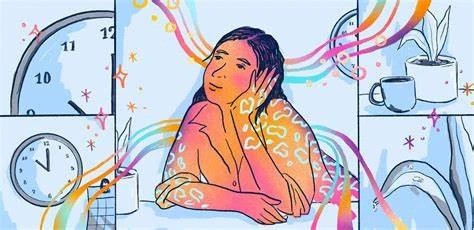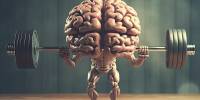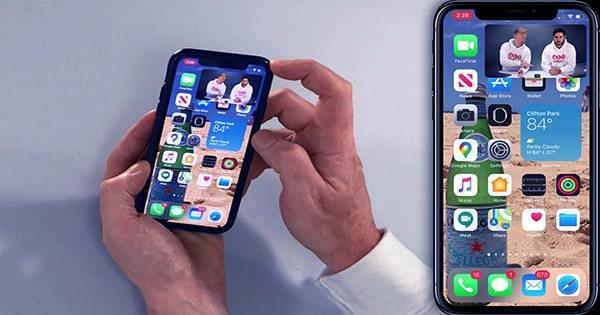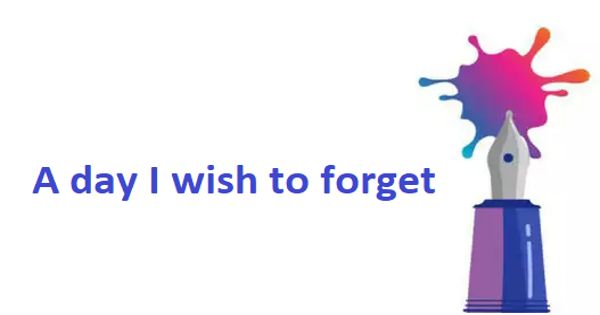Using Integrated Information Theory, a research team devised a novel stress measurement method. This method thoroughly assesses biological signals and has shown a substantial association with subjective stress reports, particularly in terms of boredom. This shows that the method might be used to assess stress in a complete manner, taking into account both objective and subjective characteristics.
Stress is a universal sensation, yet its multidimensional nature makes it difficult to define objectively. Individual physiological signs such as blood pressure, sweat, or brainwave patterns, whether evaluated independently or in combination, might be altered by unknown causes, confounding the overall interpretation of stress.
In this study, researchers assessed subjectively perceived stress by viewing several physiological indicators as an integrated system that included both the body and the brain, rather than addressing each parameter independently.
In this study, researchers assessed subjectively perceived stress by viewing several physiological indicators as an integrated system that included both the body and the brain, rather than addressing each parameter independently. They conducted an experiment in which volunteers were required to complete computational tasks of different complexity (low, medium, and high) in order to produce momentary stress.
Biological signals such as electroencephalogram, electrocardiogram, and skin electrical activity were measured while doing these tasks. Stress was then calculated quantitatively from the total values of these biological signals using Integrated Information Theory, a technique for assessing the coherence (degree of integration) of a dynamic system composed of numerous time-series data.
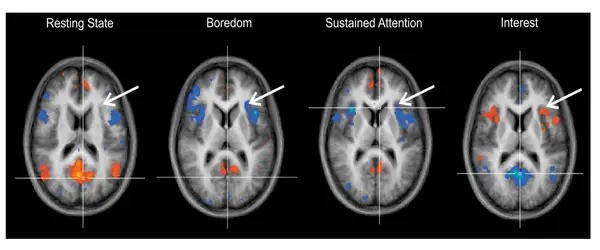
The results showed that the index had the lowest integration (indicating the lowest stress) for tasks of medium difficulty and the highest integration for tasks of low and high difficulty. Analysis of the subjects’ various subjective reports also revealed that the new index had the strongest correlation with the item “boredom,” suggesting that it could serve as a comprehensive measure of stress that included subjective experiences.
Quantifying boredom in the body during temporary stress is an intriguing concept that could intersect psychology, physiology, and neuroscience. By combining physiological measurements with behavioral and self-reported data, this method could offer a comprehensive view of how boredom manifests in the body during temporary stress.
These findings imply that the feeling of “boredom” underlies subjective stress, providing a new perspective on stress as a response to the absence of explicit external stimuli.
